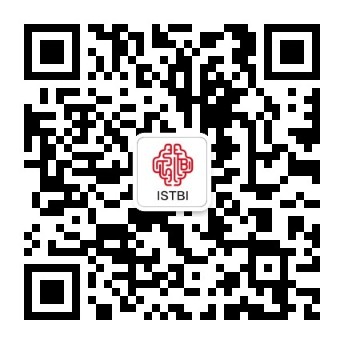Dr. Peng Ji at ISTBI, Prof. Jan Nagler at Frankfurt School of Finance and Management et al. studied how basic network motifs determine the perturbation spreading in networks. The study was published on 8 September 2022 in Nature Communications.
They have developed analytical tools that allow to capture the impact of simple undirected motifs on the system dynamics. The developed framework not only helps disentangle joint effects but provides a deeper understanding of the interplay of self-dynamics, interaction dynamics, and topological properties. This analysis suggests a radical departure from the previously proposed concepts of distance-limited propagation and degree-limited propagation. In distance-limited propagation the response time scaling is said to be dominated by the propagation path length but not by the edge density along the path. Vice versa, for degree-limited propagation the response time scaling is said to be dominated by the mean degree, but not the propagation path length. They have demonstrated by independent methods that when the propagation is drastically slowed, or accelerated, that may not necessarily result from edges or hubs but from cycles, in particular triangles. This analysis is based on a network decomposition into independent edges and edges as part of motifs. The developed framework predicts genuine scaling exponents, no matter if the propagation dynamics is dominated by hubs, by the path length, or by basic motifs. For paths with large average degree, as abundant in social and other empirical networks, the prediction of propagation time using asymptotic scaling as proposed by existing literature may be orders of magnitude off, as the scaling exponent may fall in an unrelated universality class. They have overcome this inconsistency by introducing two topology-independent exponents that quantify the universality class of the local response dynamics on networks.

Response time scaling for local propagation.
Network motifs are abundant in synthetic and empirical networks and systematically impact the response dynamics to perturbations. This study has provided a versatile toolbox that may not only help understanding response dynamics on networks but also provide the mathematical building blocks for extensions such as genuine universality classes for dynamics on directed multiplex networks.
Full Article:
Bao, X.#, Hu, Q.#, Ji, Peng* et al. Impact of basic network motifs on the collective response to perturbations. Nat Commun 13, 5301 (2022). https://doi.org/10.1038/s41467-022-32913-w

